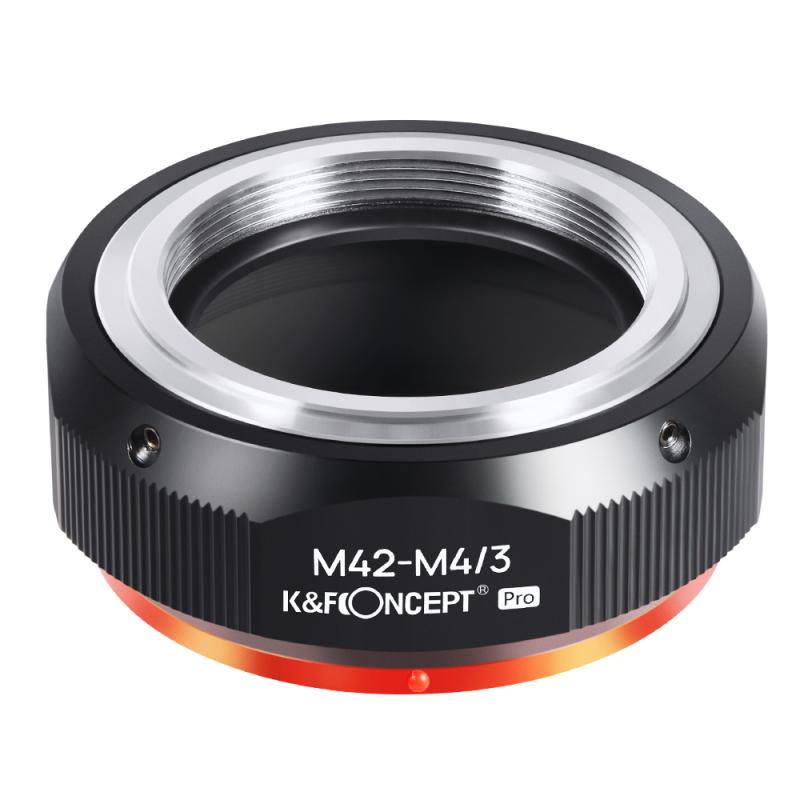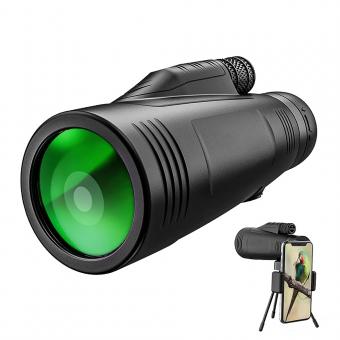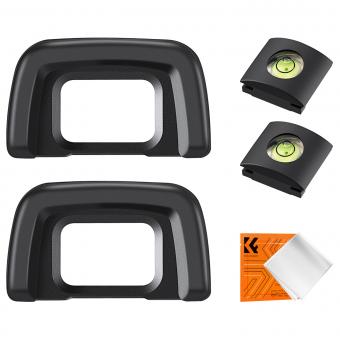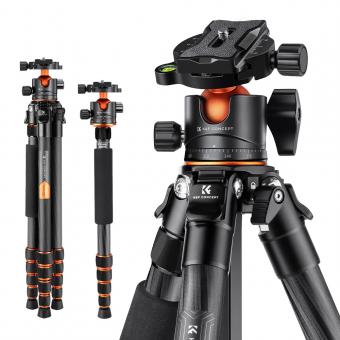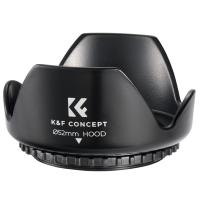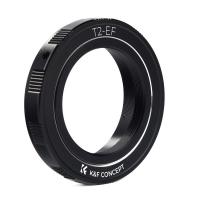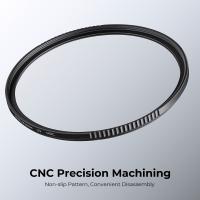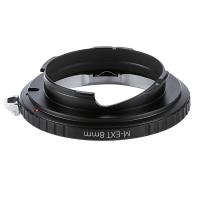What Is Monocular Pd ?
Monocular PD (Pupillary Distance) refers to the distance between the pupils of an individual's eyes when they are measured separately. This measurement is important for the production of eyeglasses or contact lenses, as it helps to ensure that the lenses are properly aligned with the individual's eyes. Monocular PD is typically measured in millimeters and can be obtained by using a pupillometer or by taking a manual measurement using a ruler. It is important to note that monocular PD is different from binocular PD, which refers to the distance between the pupils when both eyes are measured together.
1、 Definition of Monocular PD
Definition of Monocular PD:
Monocular PD (Pupillary Distance) is the distance between the centers of the pupils of the eyes, measured in millimeters. It is an important measurement in the fitting of eyeglasses or contact lenses, as it helps to ensure that the lenses are properly aligned with the eyes. Monocular PD is measured separately for each eye, as the distance between the pupils can vary from person to person.
In recent years, there has been some debate about the accuracy of measuring Monocular PD using traditional methods, such as a ruler or pupillometer. Some studies have suggested that these methods may not be as accurate as newer technologies, such as digital imaging or video-based systems. These newer methods use computer algorithms to analyze images of the eyes and calculate the Monocular PD more precisely.
Despite these advancements, Monocular PD remains an important measurement in the field of optometry and ophthalmology. It is used not only in the fitting of eyeglasses and contact lenses, but also in the diagnosis and treatment of certain eye conditions, such as strabismus (crossed eyes) and amblyopia (lazy eye). Overall, Monocular PD is a crucial measurement for ensuring optimal visual acuity and eye health.
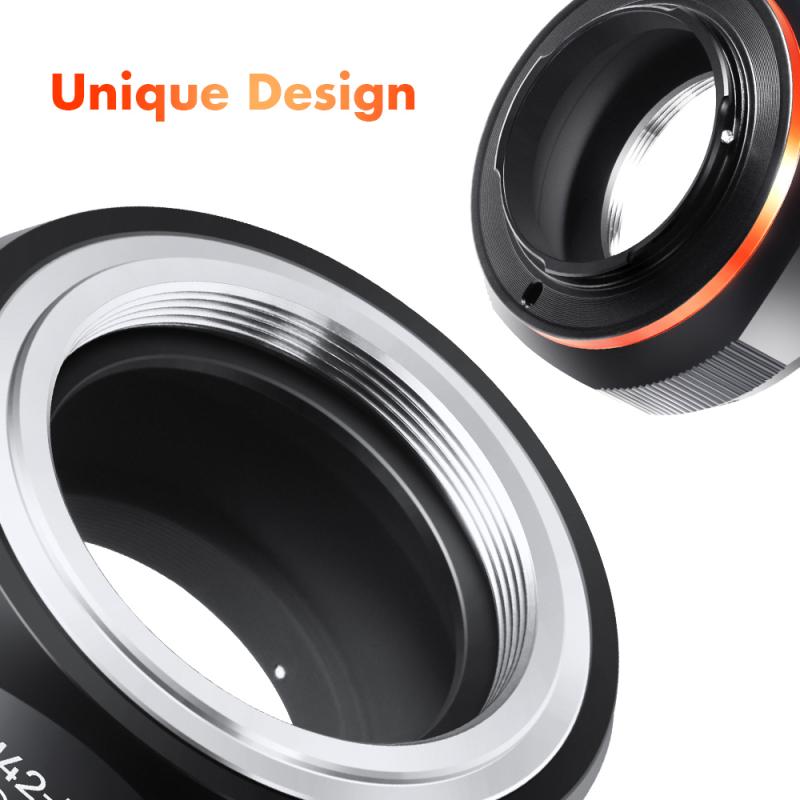
2、 Measuring Monocular PD
What is monocular PD? Monocular PD, or pupillary distance, is the distance between the center of one pupil to the center of the other pupil, measured separately for each eye. It is an important measurement in the fitting of eyeglasses or contact lenses, as it ensures that the optical centers of the lenses align with the center of the wearer's pupils.
Measuring monocular PD can be done using a pupillometer, which is a device that measures the distance between the pupils. Alternatively, it can be measured using a ruler or a PD stick, which is a tool that has a scale for measuring the distance between the pupils.
Recent studies have shown that monocular PD can vary depending on the method of measurement and the age of the individual. For example, older individuals tend to have a smaller monocular PD than younger individuals. Additionally, the use of digital devices such as smartphones and tablets can affect the accuracy of monocular PD measurements, as the distance between the eyes and the device can vary.
Overall, measuring monocular PD is an important step in the fitting of eyeglasses or contact lenses, and it is important to use accurate and reliable methods of measurement to ensure optimal visual performance and comfort for the wearer.

3、 Importance of Accurate Monocular PD
What is monocular PD?
Monocular PD (pupillary distance) is the distance between the center of one pupil to the bridge of the nose. It is an important measurement in the field of optometry as it helps in determining the correct position of the optical center of the lenses in eyeglasses or contact lenses. Monocular PD is measured separately for each eye, as the distance between the pupils can vary.
Importance of Accurate Monocular PD
Accurate monocular PD measurement is crucial for ensuring that eyeglasses or contact lenses provide the correct vision correction. If the PD measurement is incorrect, it can lead to eye strain, headaches, and even double vision. Inaccurate PD measurement can also cause the wearer to look through the wrong part of the lens, resulting in distorted vision.
Moreover, with the increasing popularity of online eyewear shopping, accurate monocular PD measurement has become even more important. Many online eyewear retailers require customers to provide their own PD measurement, which can be challenging for those who do not have access to a professional optometrist. Inaccurate PD measurement can result in ill-fitting eyewear, which can cause discomfort and even damage to the eyes.
In recent years, there has been a growing trend towards using smartphone apps to measure monocular PD. While these apps can be convenient, they may not always provide accurate measurements. It is important to note that monocular PD measurement should be done by a trained professional using specialized equipment to ensure accuracy.
In conclusion, accurate monocular PD measurement is essential for ensuring proper vision correction and avoiding discomfort or eye damage. It is important to seek the help of a professional optometrist for accurate measurement, especially when purchasing eyewear online.
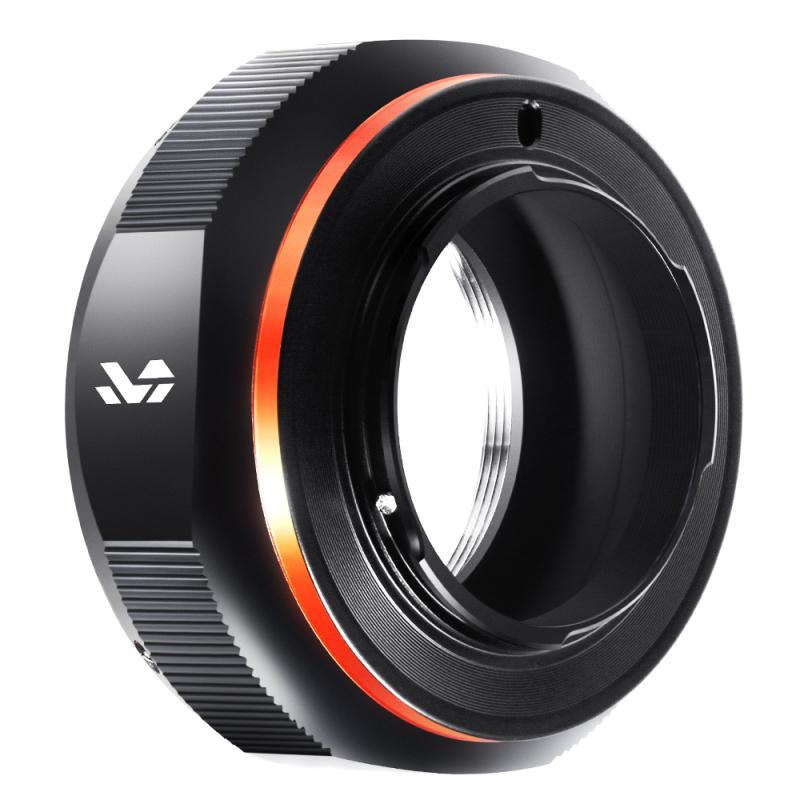
4、 Factors Affecting Monocular PD
What is monocular PD?
Monocular PD (pupillary distance) is the distance between the center of the pupil in one eye to the center of the pupil in the other eye. It is an important measurement in the fitting of eyeglasses or contact lenses, as it helps to ensure that the lenses are properly aligned with the eyes.
Factors Affecting Monocular PD:
1. Age: As we age, our eyes tend to move closer together, which can affect the monocular PD measurement.
2. Gender: Women tend to have a slightly smaller monocular PD than men.
3. Ethnicity: Different ethnic groups may have different average monocular PD measurements.
4. Eye dominance: The dominant eye may have a slightly larger monocular PD than the non-dominant eye.
5. Health conditions: Certain health conditions, such as strabismus (crossed eyes) or amblyopia (lazy eye), can affect the monocular PD measurement.
6. Measurement technique: The method used to measure monocular PD can also affect the accuracy of the measurement.
The latest point of view on monocular PD is that it is an important measurement not only for the fitting of eyeglasses or contact lenses, but also for the diagnosis and treatment of certain eye conditions. For example, a difference in monocular PD between the two eyes may be a sign of a neurological disorder or other underlying health condition. Therefore, it is important for eye care professionals to accurately measure monocular PD and to consider it as part of a comprehensive eye exam.
